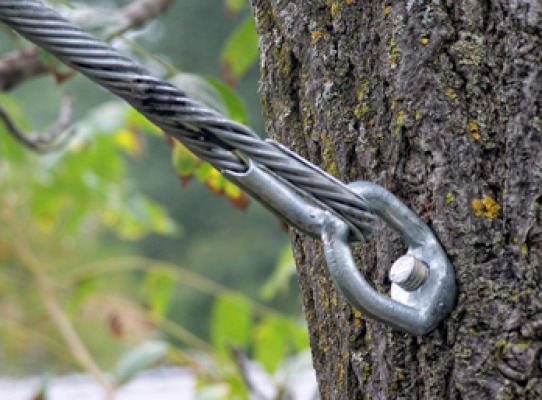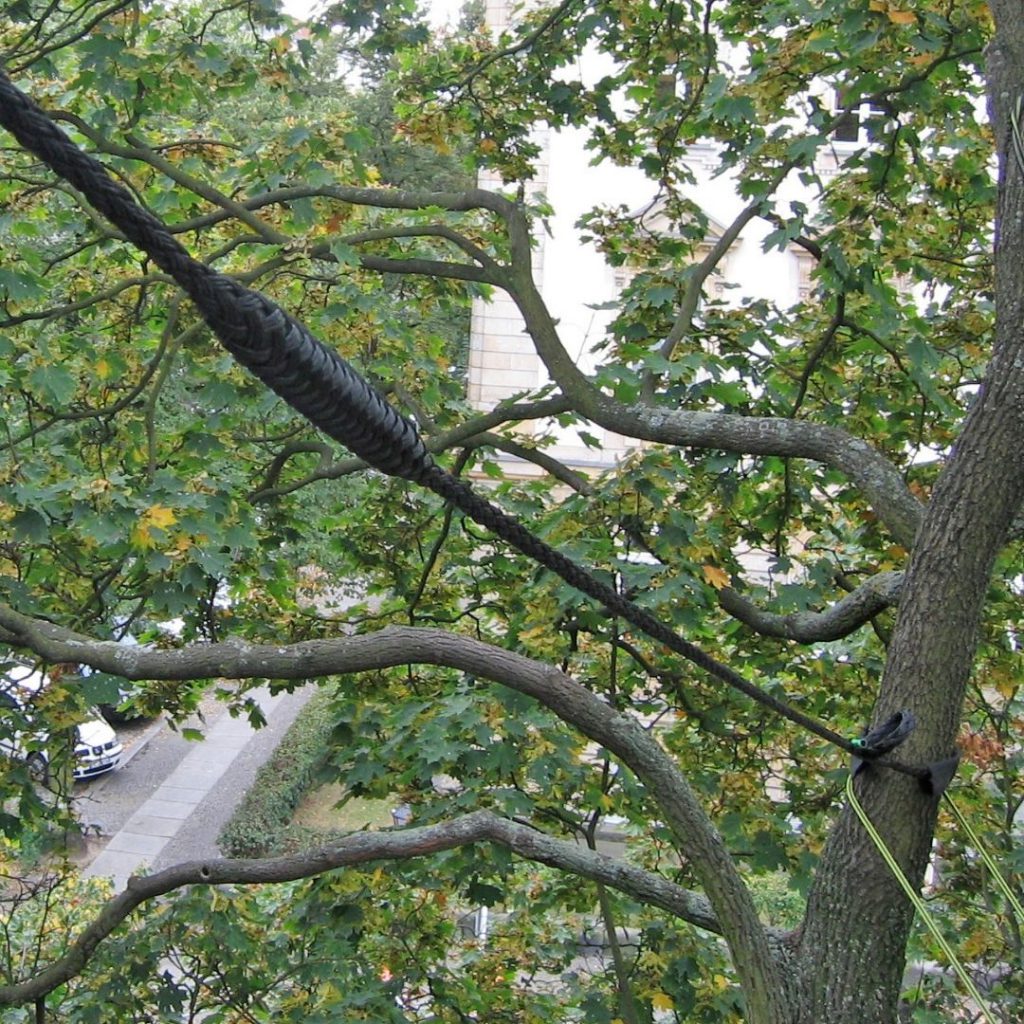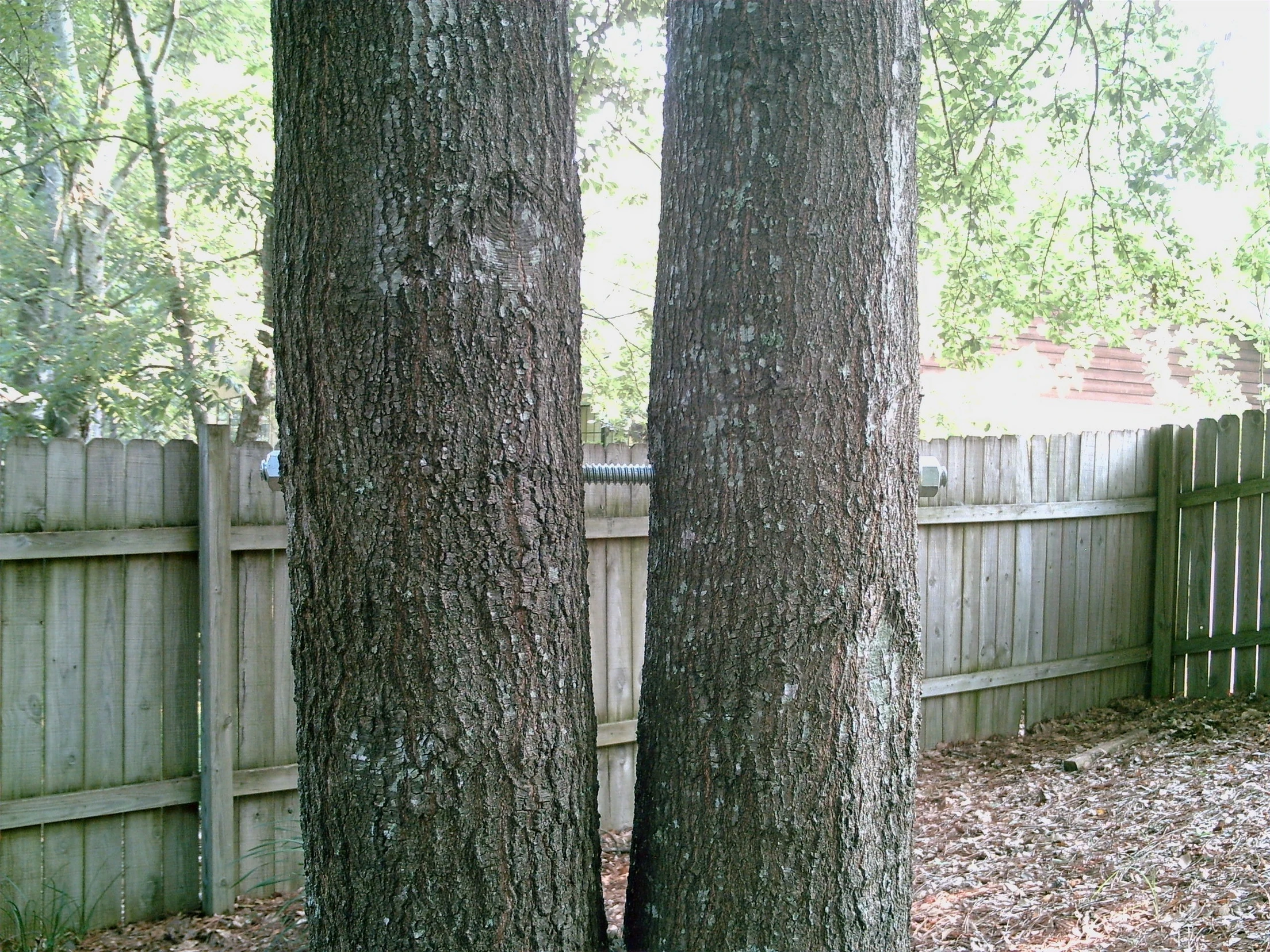Trees that grow in urban environments do not typically have as much competition for sun and resources that trees in a natural forest environment would compete over. This allows urban trees to grow much larger and extend much wider than they would in a forest. This typically results in the beautiful, large canopies that we commonly think of when envisioning urban trees like our Florida Live Oaks. However, the resulting increase in mass and longer extension of lateral leaders is one of the largest reasons for structural failure in older urban trees.
Additionally, it is also common for two or more trees to originate in close proximity to each other. This typically occurs when multiple sprouting trees are allowed to grow in clusters, or when a new sprout grows underneath an existing, more mature tree. As these trees continue to mature, they will eventually begin to compete for space with one another both above ground, and beneath the soil, resulting in cramped root spaces and under-developed structural root placement. In this scenario, brace rods can be used to bind the trunks of these trees together, increasing the overall stability of each tree.







